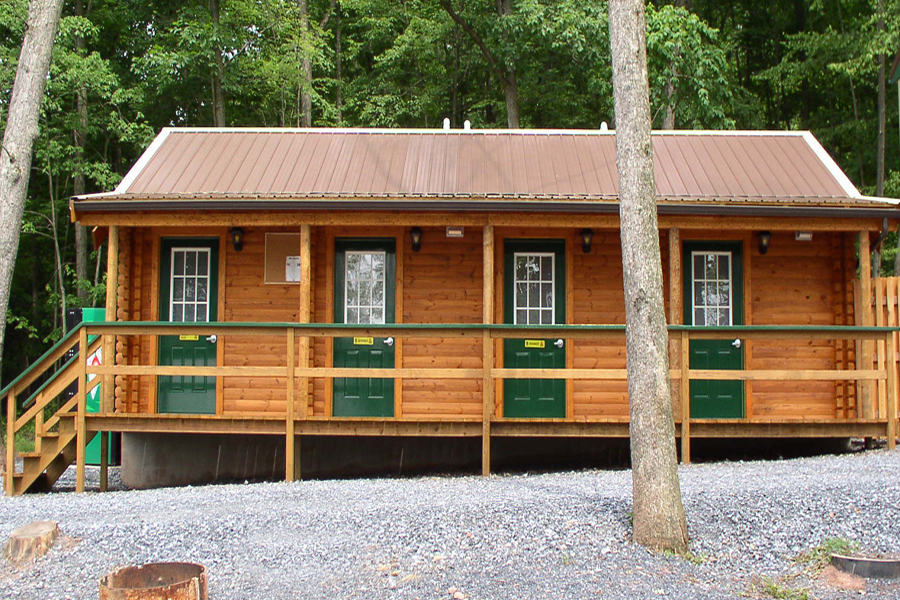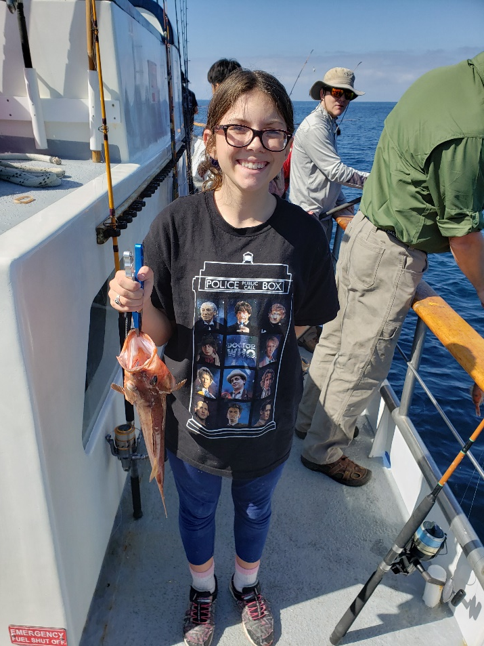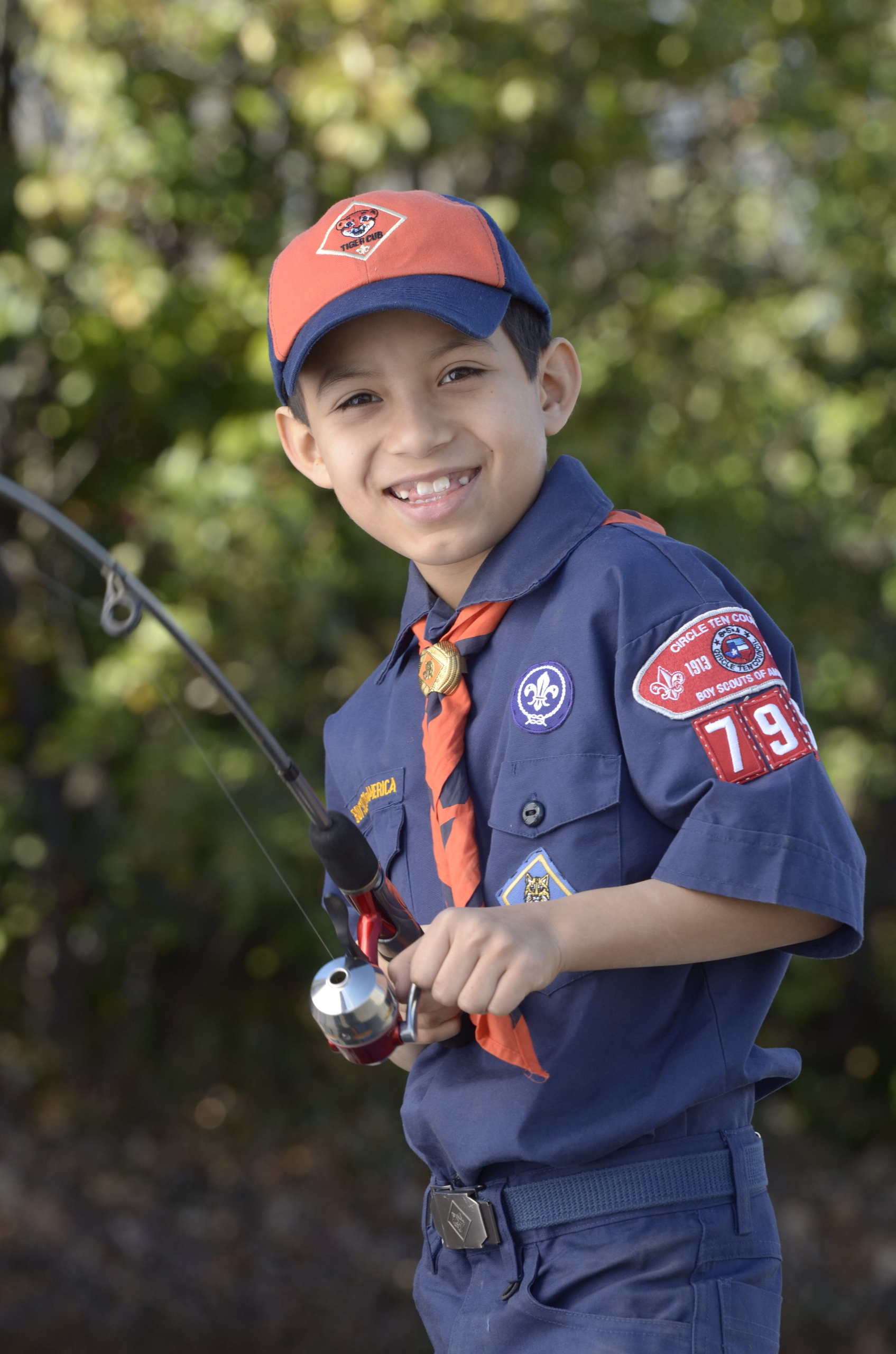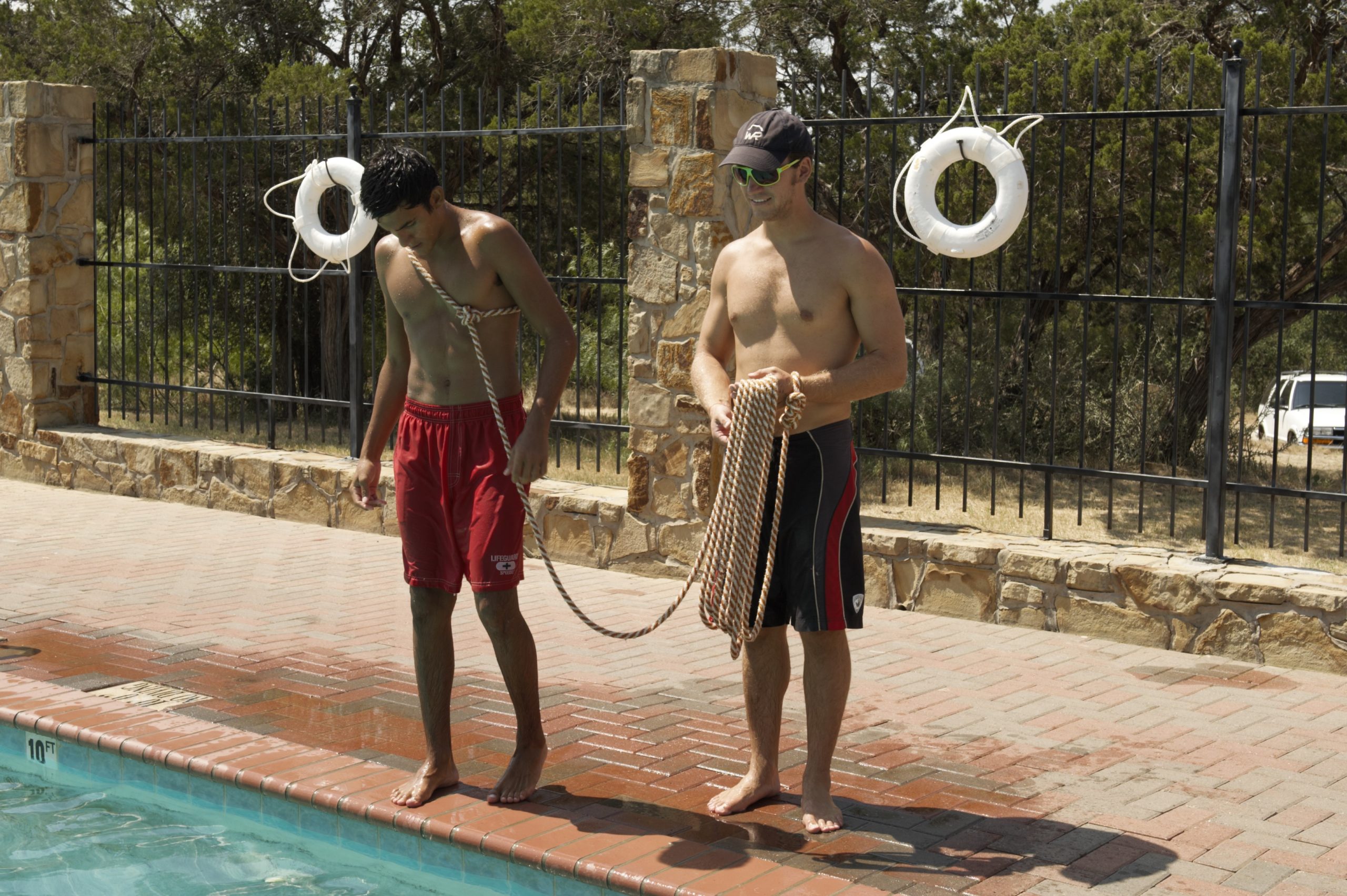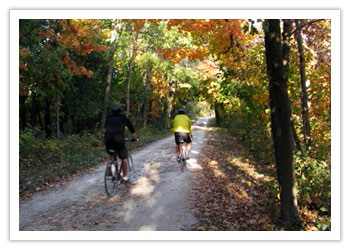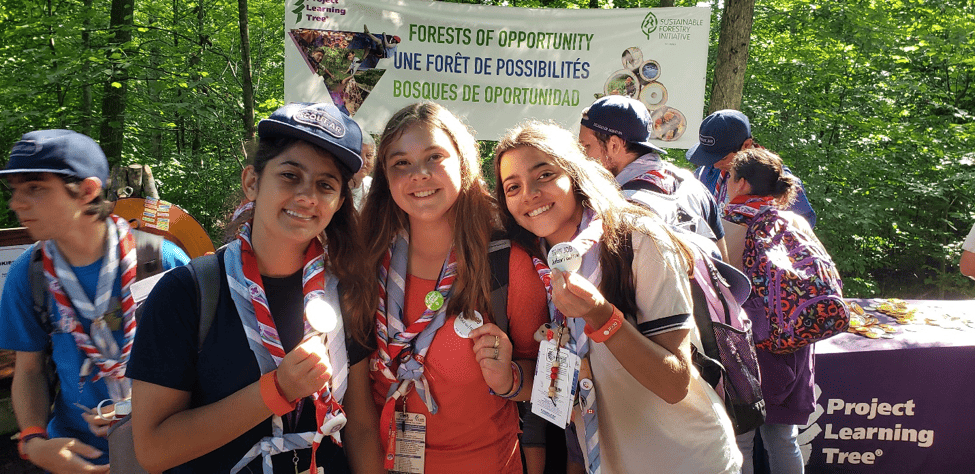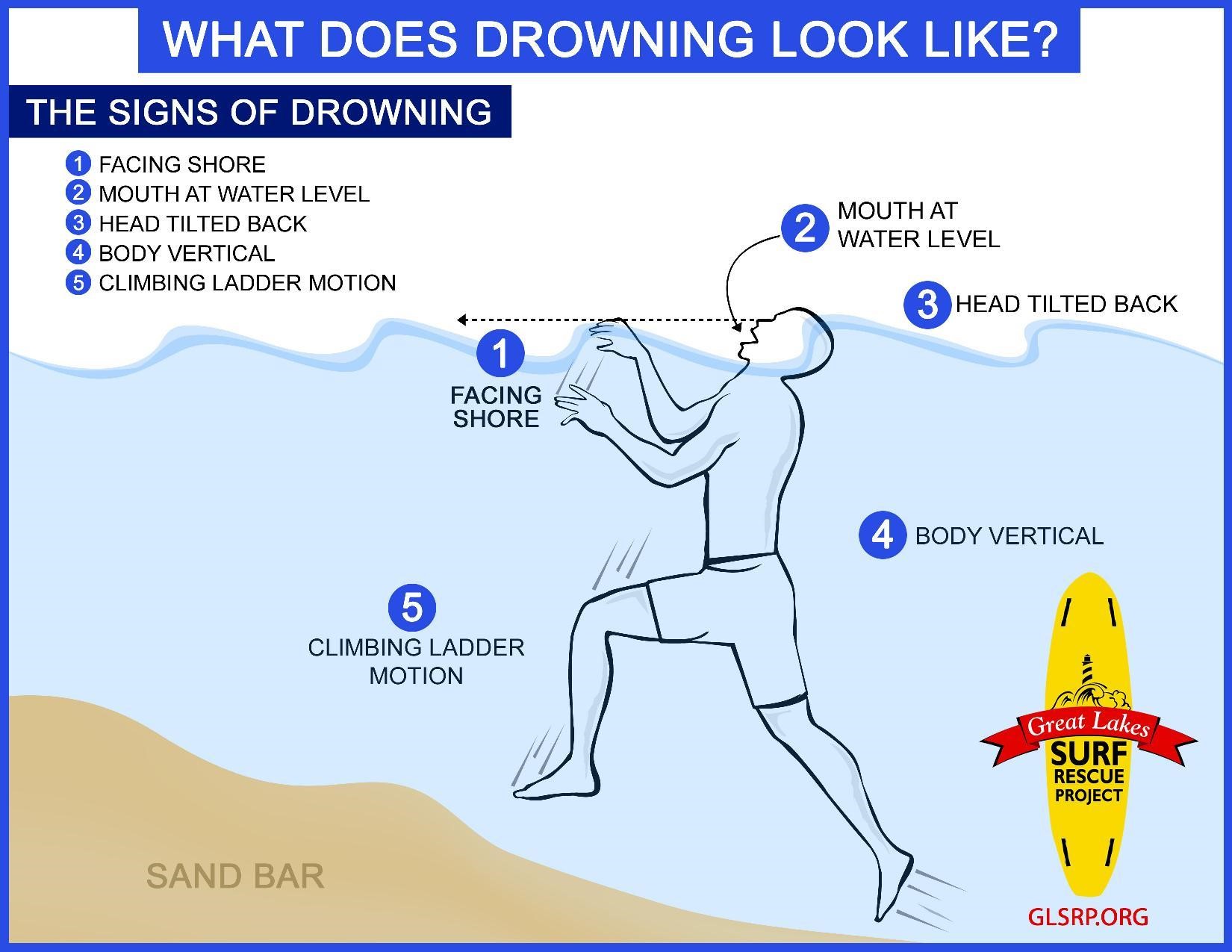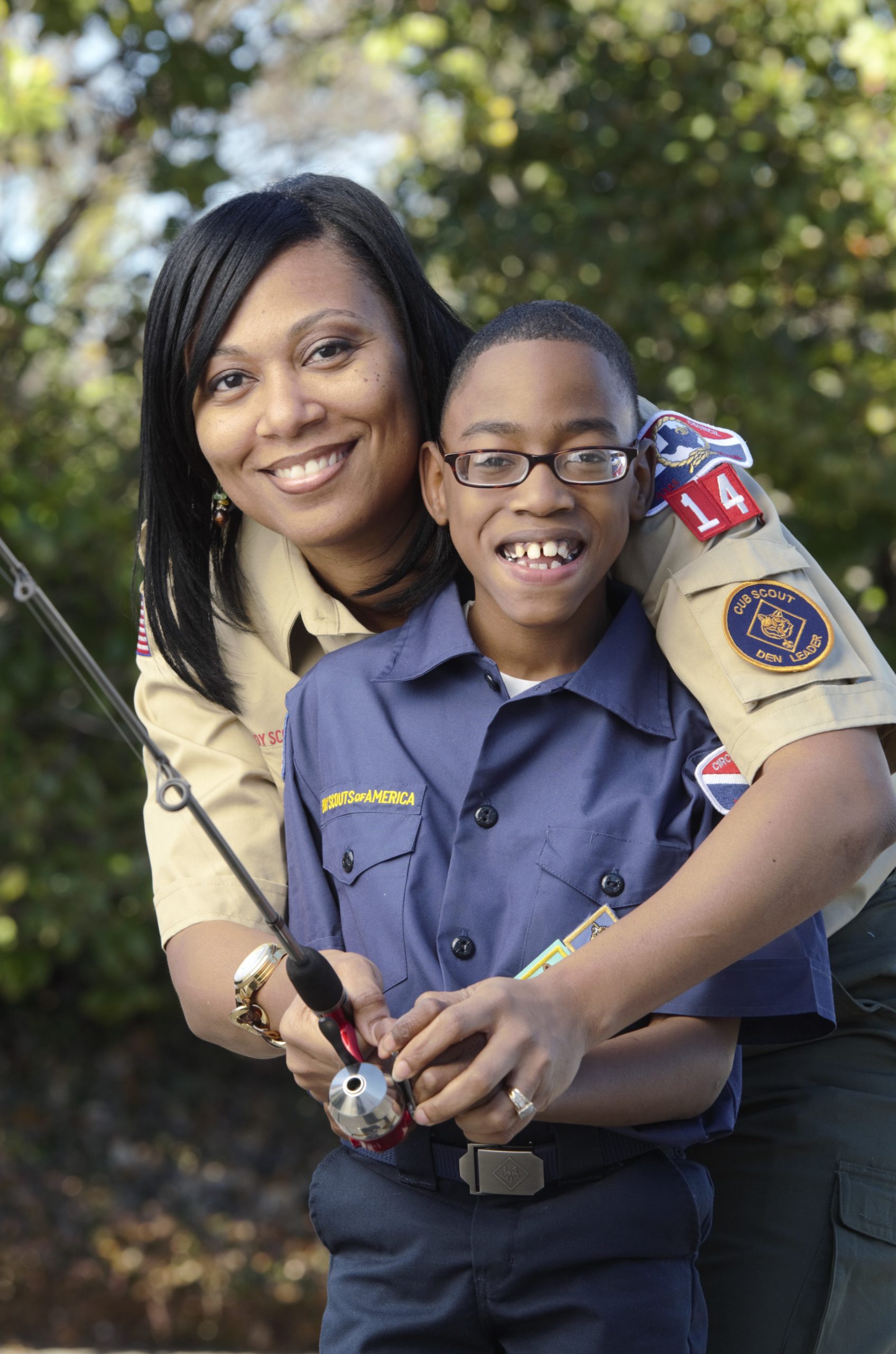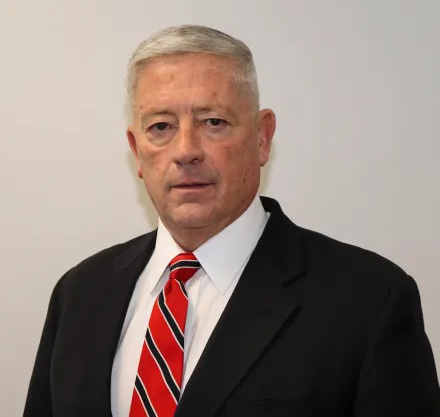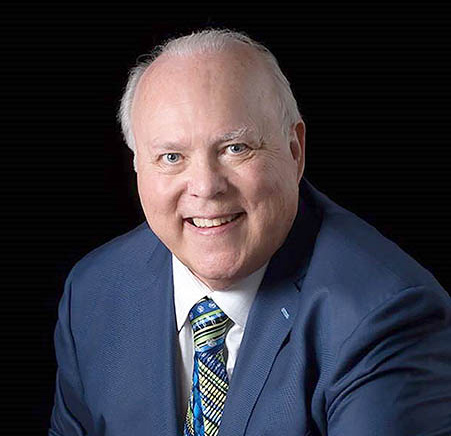Scouting America maintains a register of approved National Historic Trails. You can find the listing on “The Adventure Plan” (tap.scouting.org). There are several hundred trails across the country. The area and terrain covered by many trail routes hosts an authentic and historic significance and/or a wilderness beauty that adds to the education of Scouting America members. These trails also provide the opportunity for physical fitness and outdoor living.
Two such trails recently added are sponsored by the Three Fires Council of St. Charles IL. They are:
The Illinois Fox River Trail and Illinois Prairie Path Trail.
These two trails are laid in the same tracts as interurban rail systems. The history of interurban service in this country is a fascinating area of the railroad industry often forgotten since many were shut down between the 1920s and the 1940s. These systems were designed for passenger commuting before many people had automobiles and connected certain cities. Their sole purpose was passenger use and had direct service to and from limited destinations.
The rails to trails system in northeastern Illinois was first proposed in the United States during the 1960s. Converted railways have been added to this system for over forty years and have become a part of a national biking and hiking trail system.
By accessing a trail, one can learn the history and importance of these railway systems from previous decades. It will show how conversion and development to a historic trail benefits the communities they pass through today and how the trail system’s future use can lead to better health and experiences for those that enjoy them.
The Fox River Trail spans 44.6 miles and was built on stretches of three former railroad beds. Today, it hosts a multitude of different flora and fauna. Starting at the southern terminus, this rail-trail originates in the charming village of Oswego, 50 miles west of Chicago. The trail begins at the face of the Fox River and has playgrounds, picnic areas, and benches, as well as a restroom and drinking fountain.
The Illinois Prairie Path was one of the nation’s first rail-trail conversions. It consists of five connected trail segments with three main branches. The 58-mile trail follows a very historical rail path. Beginning in 1902, the electric railroad provided passenger service from the western suburbs to downtown Chicago. The Illinois Prairie Path’s 16-mile Main Branch is the most urban of its corridors, which follows city streets with extra wide bicycle-friendly sidewalks. Just when you think you have left the remoteness of the trail; the Lincoln Marsh Natural Area affords a bucolic diversion. With multiple overlooks and interpretive signs, the marsh provides the perfect finishing touch.
Units are highly encouraged to participate in the opportunities that the National Historic Trails program provides. Visit the website for a complete listing of trails, you may be surprised by trails near you!
